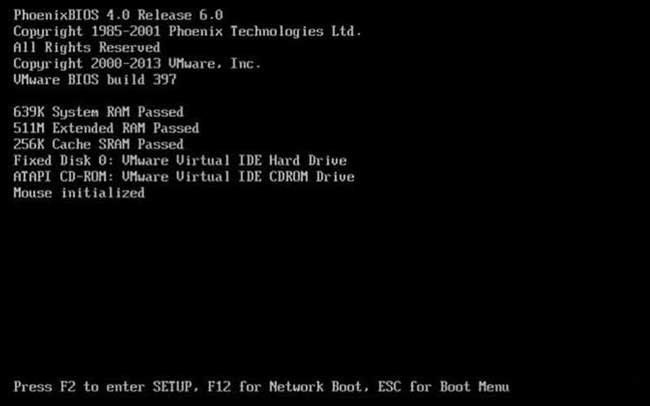In today’s world, computers have become an essential part of our daily lives. They are used for various purposes like entertainment, work, education, etc. One of the most crucial components of a computer is the operating system. The operating system (OS) is responsible for managing the computer’s hardware and software resources and provides common services for computer programs. Windows 7 is one such operating system that was released by Microsoft on July 22, 2009. In this article, we will discuss how to install Windows 7 and some frequently asked questions related to it.
Installing Windows 7
The process of installing Windows 7 is straightforward and can be done by following these simple steps:
- Insert the Windows 7 installation CD or USB drive into your computer’s optical drive or USB port.
- Restart your computer and press any key when prompted to boot from the CD or USB drive.
- Select your language preferences and click “Install Now.”
- Read and accept the license terms, and then click “Next.”
- Select “Custom (advanced)” installation.
- Select the drive where you want to install Windows 7 and click “Next.”
- Follow the on-screen instructions to complete the installation process.
Cara instal Windows 7 dengan CD di Laptop ASUS – Tips Belajar Komputer
If you are installing Windows 7 on a laptop ASUS, you can follow the steps mentioned in this video to easily install it using a CD drive. The video provides a step-by-step guide on installing Windows 7 and is suitable for beginners who are new to computer installations. It also provides tips and tricks to make the installation process more comfortable and less time-consuming.
Cara Instal Ulang Windows 7 Tanpa Kehilangan Data : Cara Partisi
If you want to reinstall Windows 7 without losing your data, you can follow the steps mentioned in this article. The method involves creating a new partition on your hard drive and installing Windows 7 on that partition. This will allow you to keep your existing data intact and access it after the installation. The article provides a detailed guide on creating partitions and installing Windows 7 without losing data.
Cara Instal Windows 7 Lengkap dengan CD dan Flashdisk
If you want to install Windows 7 using a combination of CD and flash drive, you can follow the steps mentioned in this article. The method involves creating a bootable USB drive and copying the Windows 7 installation files onto it. You can then use the USB drive to install Windows 7 on your computer. The article provides a step-by-step guide on creating a bootable USB drive and installing Windows 7 using it.
FAQs About Windows 7 Installation
Q1. What are the system requirements for installing Windows 7?
A1. The minimum system requirements for installing Windows 7 are as follows:
- 1 GHz or faster 32-bit or 64-bit processor
- 1 GB RAM for 32-bit or 2 GB RAM for 64-bit
- 16 GB of available hard disk space for 32-bit or 20 GB for 64-bit
- DirectX 9 graphics device with WDDM 1.0 or higher driver
However, it is recommended to have a 2 GHz or faster processor, 4 GB RAM, and 40 GB of available hard disk space for optimal performance.
Q2. Can I upgrade from a previous version of Windows to Windows 7?
A2. Yes, you can upgrade from a previous version of Windows to Windows 7. However, you need to have a valid product key for Windows 7, and the previous version of Windows should be activated. You can upgrade to Windows 7 from Windows Vista or Windows XP. To upgrade, insert the Windows 7 installation disc and follow the on-screen instructions. The upgrade process will preserve your existing files, settings, and programs.
Conclusion
Installing Windows 7 is a simple and straightforward process that can be done using a CD or USB drive. You can follow the steps mentioned in this article or the video tutorials to install Windows 7 on your computer. You can also reinstall Windows 7 without losing your data by creating a new partition and installing Windows on it. If you require more information, you can refer to the Windows 7 user guide or online resources. Windows 7 is a reliable and robust operating system that can provide a stable and secure computing experience.


